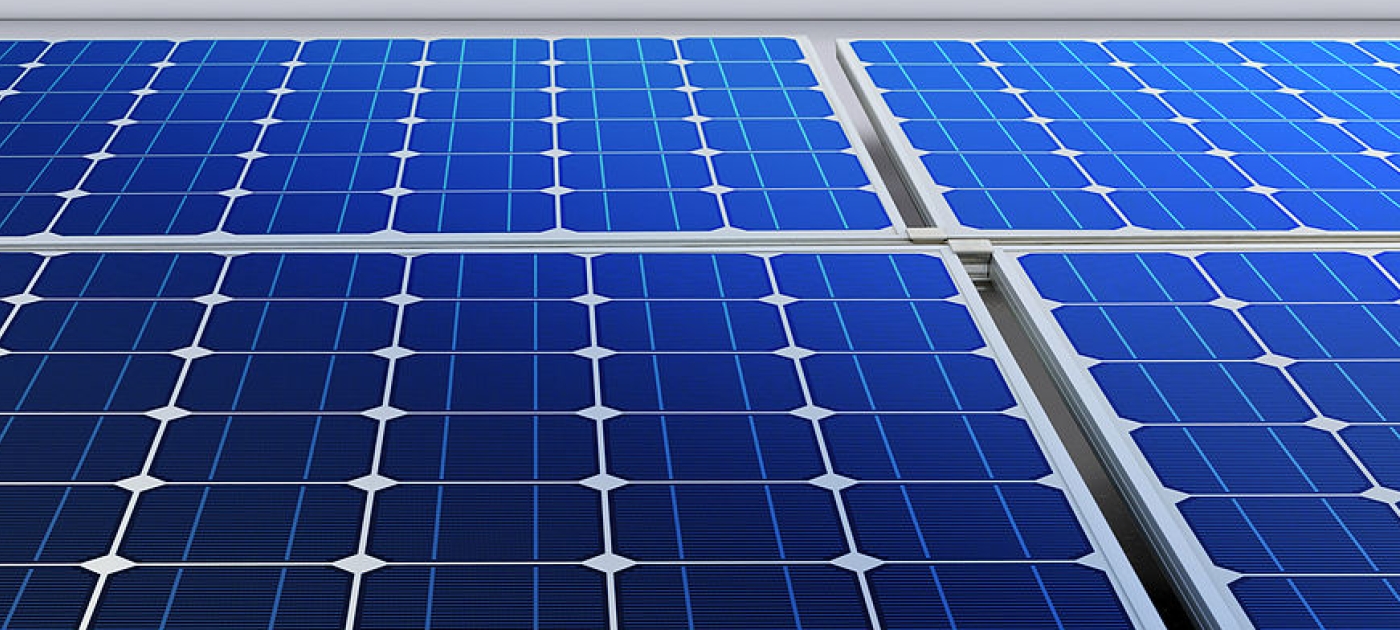What do your smartphone, a solar panel, an electric vehicle battery, and military equipment all have in common? They all rely on critical minerals — essential resources driving modern technology.
Vince Beiser, author of Power Metal: The Race for the Resources That Will Shape the Future, emphasizes that these minerals are the cornerstone of the “electro-digital age.” This new era, defined by renewable energy and digital tech, cannot exist without these critical metals.
Some experts refer to these minerals as the “bedrock” of technological progress, similar to how the steam engine fueled the first industrial revolution, powering trains, boats, and factory machinery. These minerals are key to the green energy transition, digital advancements, and even military capabilities, according to Elizabeth Steyn, a University of Calgary professor specializing in critical minerals.
Here’s a breakdown of what these minerals are and why they’re crucial in today’s global race for resources.
What Critical Minerals Does Canada Have?
Canada has long been a prime destination for mining companies and prospectors. The country is home to 34 critical minerals and metals, which are essential for advancing green energy and digital technologies. Every province and territory in Canada, except P.E.I., hosts mines, refineries, and projects linked to these minerals.
To qualify as “critical,” a mineral must meet certain criteria:
- Its supply chain is at risk.
- It plays a role in Canada’s economic or national security.
- It supports the transition to a low-carbon, digital economy.
- It strengthens Canada’s position as a strategic global partner.
Within Canada’s list, 17 rare earth elements (including lanthanides) are crucial. While these elements are abundant in the earth’s crust, their scarcity makes them difficult to extract in a commercially viable way.
“Rare earths aren’t rare per se, but their concentrations are so low that mining them can be very challenging,” explains Steyn.
Challenges of Mining Critical Minerals in Canada
While Canada is rich in critical minerals, experts argue that it hasn’t fully capitalized on its mineral wealth.
“There’s an abundance of these minerals, but we haven’t been as efficient in mining them in recent years,” said Jacob Lorinc, a Bloomberg mining reporter. One example is Sudbury, which once dominated global nickel production but has seen reduced output over time.
Other deposits, such as those in the Ring of Fire in northern Ontario, are located in remote regions where building the necessary mining infrastructure is difficult and expensive.
In addition, some Indigenous communities express concerns about potential environmental damage, such as water contamination from mining projects.
“We must ensure Indigenous leadership is involved in these discussions,” said JP Gladu, principal of Mokwateh, an advisory firm. He emphasized the importance of strong relationships with Indigenous peoples, as many of these projects require their consent, especially on undeveloped or previously disturbed lands.
“Countries that control access to these resources will hold stronger international influence,” Gladu added.
One recent addition to Canada’s critical minerals list is silicon metal, crucial for semiconductor chips used in artificial intelligence. This highlights how vital these minerals are in the digital age.
“We have a significant role to play in these sectors, but as a nation, we face challenges in remaining competitive,” said Gladu.







